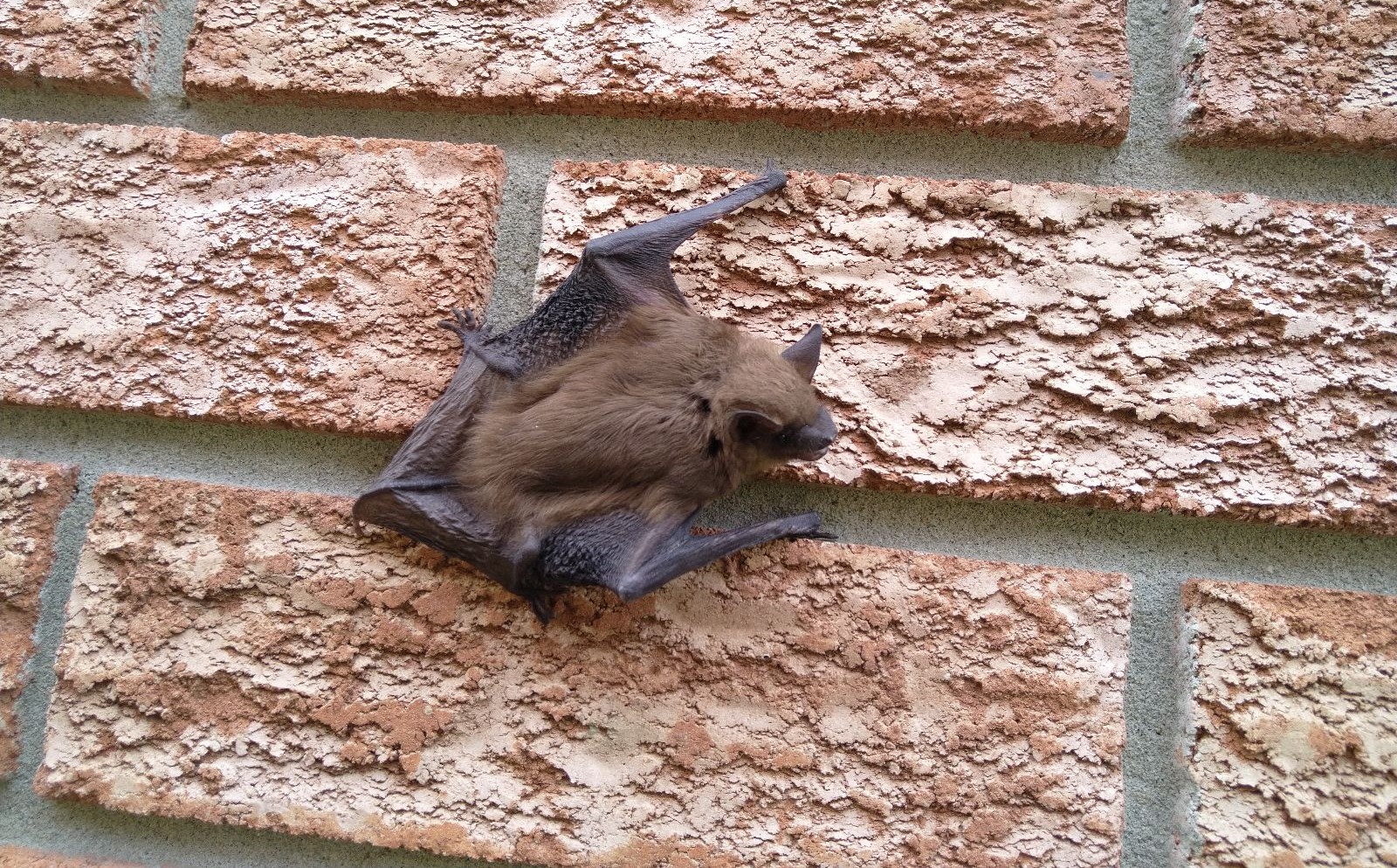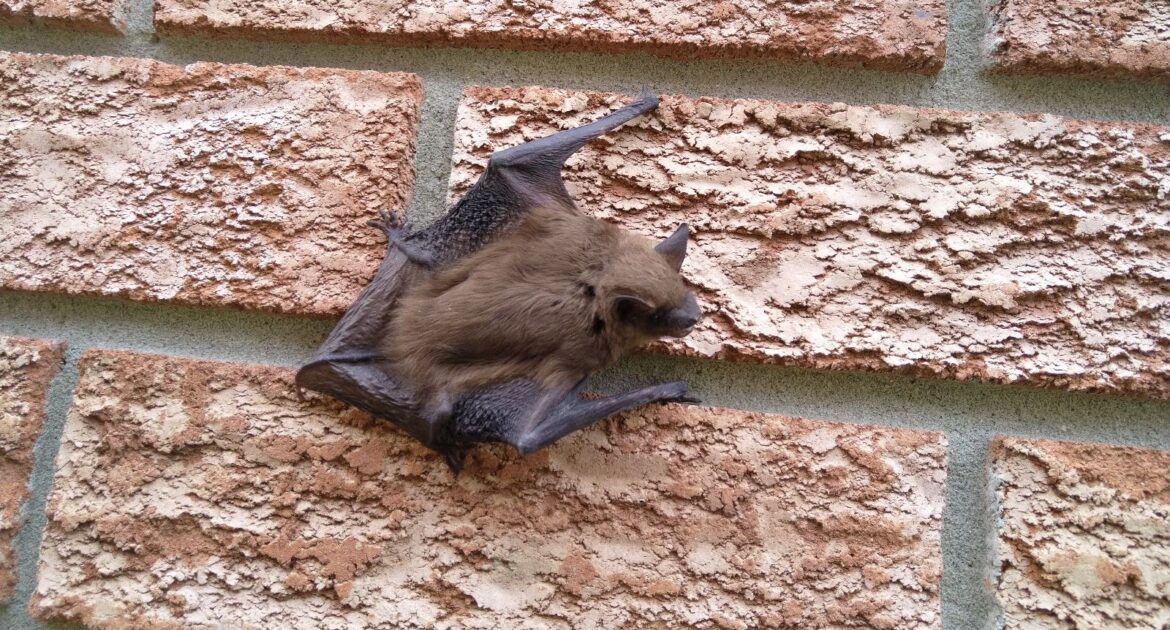Did you know that over 1,200 species of bats exist worldwide, and many find refuge in the attics, walls, and chimneys of residential properties? If you’ve heard strange noises at dusk or discovered a bat indoors, you may be wondering how bats enter homes and what prevention measures you can take. At Skedaddle Humane Wildlife Control, we have extensive experience in understanding these fascinating creatures and have developed effective methods to keep them out of Baltimore homes.
Bats require minimal space to infiltrate your home. They can fit through openings as small as a dime (around 6 millimeters), making your house susceptible in ways you might not anticipate. While bats are beneficial to ecosystems due to their insect consumption, having them as houseguests can lead to health risks and property damage that are best avoided.
How Bats Enter Homes: Common Entry Points
Bats are adept at finding small openings to enter your home. Unlike rodents, they don’t chew their way in; they locate existing gaps and squeeze through.
The most common entry points include:
- Roof intersections and valleys where roof planes meet
- Damaged or loose roof tiles creating small gaps
- Deteriorated soffit or fascia boards with age-related cracks
- Uncapped chimneys offering direct access
- Gaps around pipes, cables, and vents on exterior walls
- Unscreened windows or damaged window screens, particularly in attics
A key indicator of a bat presence is finding a single bat inside your living space, which often indicates a colony is roosting somewhere in your home. During summer months, they move down wall cavities seeking cooler areas, sometimes emerging into living spaces.
The Seasonal Patterns of Bat Entry
Understanding the seasonal behavior of bats is essential for effective prevention. In Baltimore, their activity follows predictable annual patterns:
- Spring (March-May): Bats emerge from hibernation and search for summer roosting sites, commonly finding their way into homes.
- Summer (June-August): Female bats form maternal colonies to raise their young. Each typically gives birth to one pup, which cannot fly or feed itself for 6-8 weeks.
- Fall (September): Young bats gain independence, and colonies start preparing for winter, making it an ideal time for humane removal.
- Winter (October-February): Bats hibernate in protected locations. If established in your home, they’ll remain mostly inactive but present.
Why Bats Choose Your House: The Attraction Factors
Bats are not random in choosing homes to invade; specific conditions make your property appealing.
Temperature and Insulation Appeal
Temperature regulation is key in deterring bats. Colonies seek warm, consistent environments for raising young. Poorly insulated attics create ideal conditions:
- Attics that trap heat during summer
- Warm wall cavities with southern exposure
- Spaces with temperatures between 80-90°F (27-32°C)
Professionals at Skedaddle often determine that homes with inadequate attic insulation are more likely to host bats, as they can detect temperature differentials from outside.
Structural Vulnerabilities Bats Exploit
Your home’s age and maintenance status affect its vulnerability to bat entry. Older homes, in particular, are susceptible due to:
- Settling and shifting creating new gaps over time
- Weathered building materials that lose their tight seals
- Deteriorated caulking and weatherstripping around windows and doors
- Multiple renovations that leave small, overlooked openings
Chimneys, vents, and utility penetrations commonly serve as entry points, creating natural pathways through your home’s exterior.
Keeping Bats Out of the House: Effective Prevention Strategies
Bat-proofing involves addressing both existing entry points and potential future vulnerabilities.
Professional Inspection: The First Line of Defense
Before implementing prevention measures, undertake a thorough inspection. At Skedaddle, our technicians perform a 35-50 point inspection, which includes:
- Exterior examination of all potential entry points
- Attic assessment for signs of bat activity
- Wall cavity inspection with specialized equipment
- Droppings identification to confirm presence
Warning signs of bat activity include dark staining around exterior gaps, guano accumulation in attics, and a musky odor, warranting immediate professional intervention.
Exclusion Techniques That Actually Work
Effective bat exclusion relies on methods allowing bats to exit while preventing re-entry. The following is a system that our experts at Skedaddle may use when working to exclude bats from a house.
- One-way door installation: Specialized devices that let bats leave naturally but prevent re-entry.
- Comprehensive sealing: Seal every potential entry point, even those as small as 6 millimeters, with materials that withstand weathering.
- Professional-grade materials: Standard building materials may fail; wildlife exclusion sealant creates lasting barriers.
Timing exclusion efforts to coincide with bats’ reproductive cycle is important. Removal during summer (June-July) is discouraged to avoid orphaning young bats. Our technicians plan exclusions for safe periods, typically from August through September.
The Dangers of DIY Bat Removal
Many Baltimore homeowners attempt DIY solutions, often suffering costly consequences in the process. Here’s why professional intervention is crucial:
Health Risks Associated with Bat Colonies
Bat colonies pose significant health risks requiring professional management:
- Rabies transmission: Bats are common carriers, transmittable through bites or scratches.
- Histoplasmosis risk: Guano can harbor spores causing respiratory infections if disturbed without proper equipment.
- Bacterial contamination: Droppings can spread bacteria through your home’s ventilation.
Our technicians use specialized protective equipment when dealing with contaminated insulation and droppings, preventing disease transmission.
Legal Considerations in Bat Management
Legal regulations govern the removal and exclusion of bats:
- Protected species status: Many bats are protected by law, making DIY removal illegal.
- Timing restrictions: Avoid removal during maternity seasons to prevent orphaned young.
- Humane treatment requirements: Laws mandate humane exclusion methods over extermination.
We guarantee compliance with all legal requirements while effectively resolving your bat issue.
Bat-Proofing Your Home with Skedaddle: What to Expect
Choosing professional management involves a comprehensive process:
Comprehensive Inspection and Assessment
Our skilled technicians begin by thoroughly examining your property:
- Identify all entry points, no matter how minute
- Locate the colony and determine size
- Assess contamination levels in attics and wall cavities
- Document evidence for treatment planning
Our detection methods include UV inspection, thermal imaging, and expert visual assessments to pinpoint every potential access point.
Humane Exclusion and Entry Point Sealing
Effective management includes:
- Installation of one-way doors at primary entry points
- Sealing of all secondary openings with wildlife-specific materials
To safeguard your home’s structural integrity and your family’s wellbeing, it’s crucial to trust professionals in bat remediation. If you’ve noticed signs of bat presence or entry points, reach out to Skedaddle. Our experts are ready to conduct a thorough inspection and implement a customized bat-proofing strategy tailored to your property’s unique needs. Don’t delay in ensuring your home is a safe, bat-free environment. Contact us today for comprehensive and humane bat exclusion services.




